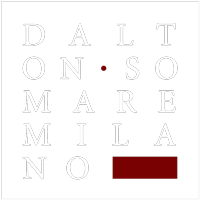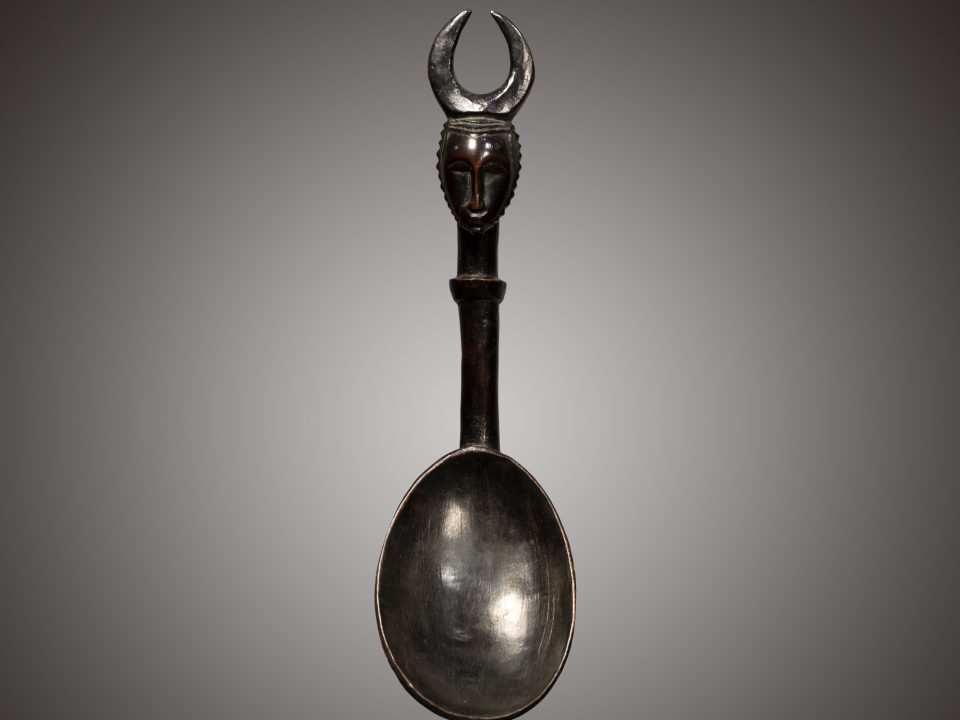Bamana, Mali
Early 20th century
Wood
37 cm
Provenance
Private Collection, Germany
Exhibitions
BRAFA Art Fair – 2025
The Bamana sculpture, in the best examples of the style, contains the lesson of the synthesis of shapes which so deeply impressed and influenced the European artistic avant-garde at the very beginning of the 20th century.
More static and massive than other Malian religious sculptures ( see i.e. the Senufo ones), the Bamana works show a mechanical composition of forms into simple basic geometric volumes, which has been the driving intuition from which the Cubism arose.
Both masks and Bamana statuettes achieve the goal to communicate symbolic messages through a language of forms where the naturalism is annihilated and substituted by the psychological and emotional realism.
As a matter of fact these sculptures, created to act in rituals and therefore not rational context, must be understood and appreciated for their capacity to overcome the real and the rational, as it is appropriate for the highly emotional atmosphere of the initiation ceremonies for which they were conceived.
Among the Bamana communities the initiation societies, called Jow, play a fundamental role of social and political significance.
The Ntomo society (and its female society counterpart, the Janko) introduces , through ritual steps, the children to the self control needed to access to the adult age and opens the doors to the Koré, the higher level initiation society, which ensures the development of the social male identity.
Namely, it introduces to the ethic values, the moral code and the social role that the initiated has to accept and follow.
The Bamana tradition puts the Ntomo masks in the Dyo Kunu group which includes the “heads of cult”, that is the masks belonging to still active initiation societies.
The Dyo Kunu heads are under the patronage of the mythical primordial hyena, whose features can be often seen through the shapes of the Ntomo masks.
The wide category of Dyo Kunu masks is intended to represent all the different aspects of human and mythical reality and as a whole these sacred fragments, which ritually appear in group, summarize the entire knowledge of the universe.
The shape of the Ntomo masks has been imposed by the original myth: very domed forehead, surmounted by seven braids (turu), strong nose, elongated ears and open jaws.
The seven vertical braids allude to the seven twins of the ancestor, eponym of humankind, Noun Fa Jiri, and they are the symbolic antennas that the child must develop to discover and assimilate knowledge, rules and duties.
Carving this Ntomo mask, which exudes a great and deep energy, the sculptor followed a strictly cubistic canons, transforming the features of an unreal anthropomorphic being into clean, almost abstract geometric volumes.
The choice of an implacable geometrization is emphasized by the massiveness of the forms which concur to express an arcane power.




